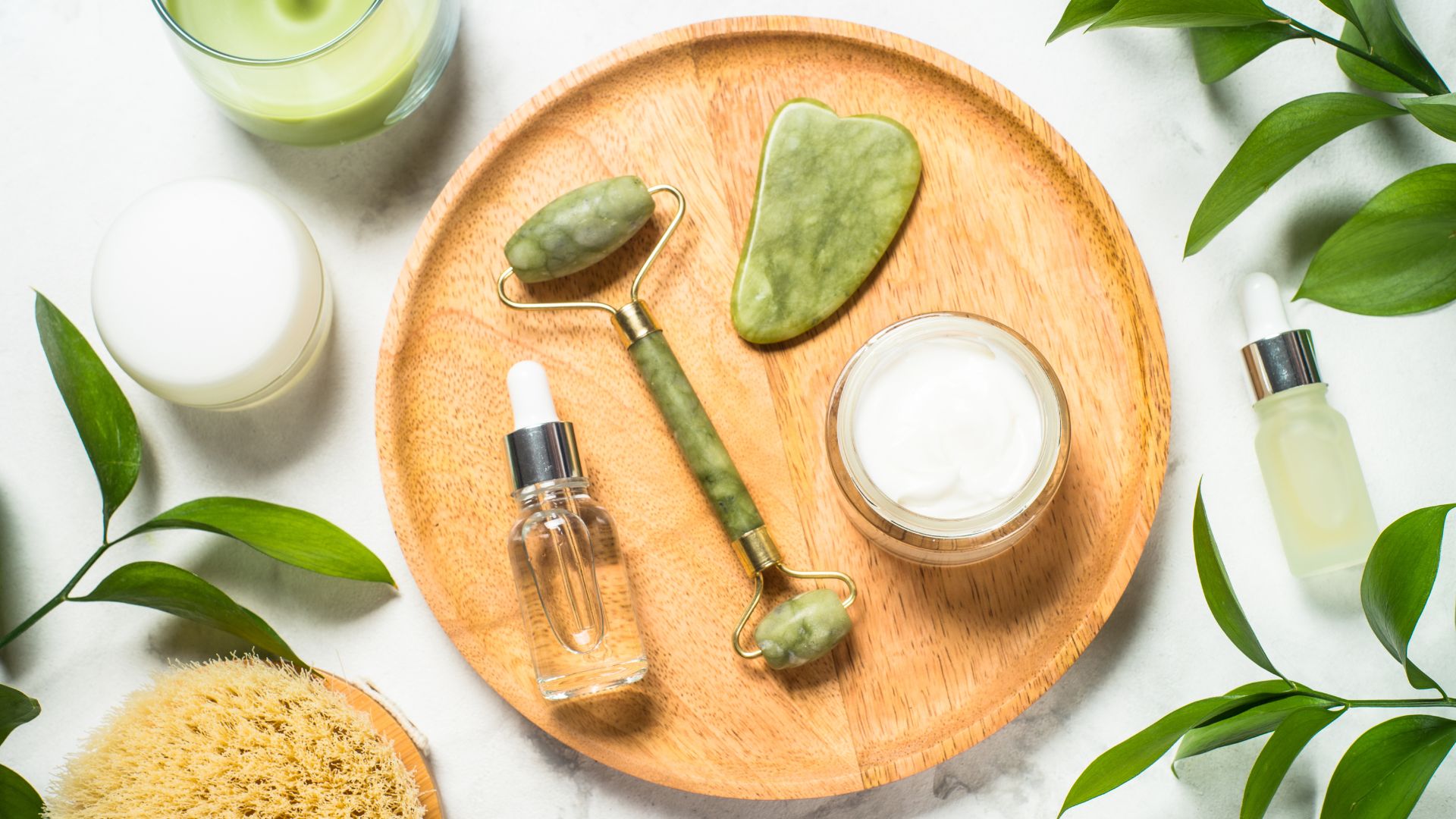Maintaining a consistent skincare routine might seem challenging, especially if you don’t have much time or effort to spare. However, developing a routine is essential to keep your skin fresh and healthy, helping you get through each day.
Whether you’re new to skincare or looking to revamp your routine, trying the 10-step Korean skincare routine might be just what you need. If you’re unsure where to start or what products to use, don’t worry—everything you need to know is right here.
Here are the easy steps you can incorporate into your skincare routine to achieve glowing skin:
1. Oil-based cleanser
The foundation of the Korean skincare routine is double cleansing. Start with an oil-based cleanser, which removes oil-based impurities from your skin, such as sunscreen, makeup, and excess sebum, without stripping away the natural oils. While traditional makeup removers can irritate or dry out the skin, oil-based cleansers provide hydration and softening effects. There are two common forms: oil cleansers and cleansing balms. Try both to see which one you prefer!
2. Water-based cleanser

When people think of a “cleanser,” they usually refer to a water-based cleanser. This type is typically a gel or foaming liquid/bar that removes residues left by the oil cleanser, like sweat or dirt. Choose water-based cleansers that are balancing and hydrating. Opt for those with a low pH to maintain your skin’s natural balance.
3. Exfoliant
Exfoliants include products like scrubs, peels, and pads. These can be chemical or physical and help clean pores and remove dead skin cells, leading to smoother and brighter skin. Start with exfoliating once a week and gradually increase as your skin adjusts. Chemical exfoliants that are diluted enough may be used daily. Don’t forget to use sunscreen, as exfoliants can make your skin more sensitive to sunlight.
4. Toner
Arriving at this step might’ve made your skin’s pH unbalanced, meaning you have to restore its acidic state. Toners are responsible for this, turning your skin moisturized again. Any remaining impurity will be taken care of by your toner, while replenishing your skin’s barrier and making your pH level balanced at the same time. In addition, toners can make the skin effectively absorb the products after this step.
Compared to traditional Western skincare toners, Korean products do not cause the contraction of skin as it doesn’t contain drying alcohol contents. Thus, the skin won’t be irritated but hydrated instead. You can apply toners via cotton pad or patting it into the skin.
5. Essence
One of the unique regimens in Korean skincare routines is the use of essences. Made from fermented ingredients, essences are water-based treatments that are intended to protect and hydrate the skin with its moisturizing and anti-aging effects.
After cleansing and toning, essences help enhance the usefulness of the succeeding treatments. It’s important for the skin to be healthy and hydrated enough in order to ensure that it won’t be prone to dullness or irritation and will be able to absorb nutrients more effectively.
6. Treatment

Serums, or treatment in Korean skincare, is used to address specific skin issues like fine lines, acne, wrinkles, dark circles, or hyperpigmentation. With highly concentrated ingredients, serums are usually more viscous than essences. An alternative to serum that can be used is ampoule. This product is more potent and concentrated than serums. Though you can use serums daily, many ampoules should only be applied once a week or if you need quick results when you’re attending an event or something similar.
7. Sheet mask

At the heart of Korean skincare routine are sheet masks. Typically done as a semi-weekly ritual, sheet masks help in refreshing your skin with moisture and nutrients. Face masks or sheet masks are serum-soaked paper that are laid on top of the face for around 20 minutes. Similar to exfoliants, sheet masks are products that don’t need to or shouldn’t be applied everyday. Meanwhile, there are also wash-off masks that aid in stripping impurities that are deeply rooted in the skin, and sleep masks which add an extra layer of moisture as you sleep. Using sheet masks provides the skin with an extra boost that helps you feel rejuvenated and relaxed after use.
8. Eye cream

Eye gels, creams, oils, or patches are used to treat the thin, sensitive skin around the eyes. However, it can also help with puffiness, fine lines, and dark circles. Specifically made with extra-gentle ingredients, eye care products help to protect the most delicate skin areas. Eye cream is recommended for use daily, during the morning and at night. If you’re using eye patches, it can also be used daily or based on your preference throughout the week.
9. Moisturizer

Used as a sealant to make sure that the previous products are soaked well into your skin, moisturizers prevent moisture from going out of the skin while also introducing more hydration. From creams and gels to lotions and oils, there are different forms of moisturizers, some even have sun protection.
There are certain cases where people use a moisturizer in the morning that’s different from what they use at night. During the day, a lighter, gel moisturizer is recommended while a heavier, softening moisturizer is more appropriate at night. Still, what really matters is choosing a moisturizer that fits your skin type best.
10. Sunscreen

Although some products like foundation and moisturizer already contain SPF, you still need to wear sunscreen directly. Especially during your morning routine, sunscreen should always be applied on top of a moisturizer. Sunscreens are important to prevent effects of sun damage, and should always be reapplied throughout the day to protect your full coverage.
Based on the sunscreen’s active ingredients, it can be classified as chemical or mineral. Chemical sunscreens contain chemicals that screen out the harmful UV rays of the sun, while mineral sunscreens have ingredients which reflect the sun’s rays. Both are effective in protecting your skin against the sun, but mineral sunscreens are more advised for pregnant women or those with sensitive skins.
Even if you have all these products, the skincare routine wouldn’t make any difference unless you have the patience and commitment to do it consistently. These products will have no use if you just keep them in your cabinet without using them everyday. Though ten steps may seem intimidating, it’s not really needed to do all of it daily. You’re free to try out what you can and discover what will be most effective for your skin type.







